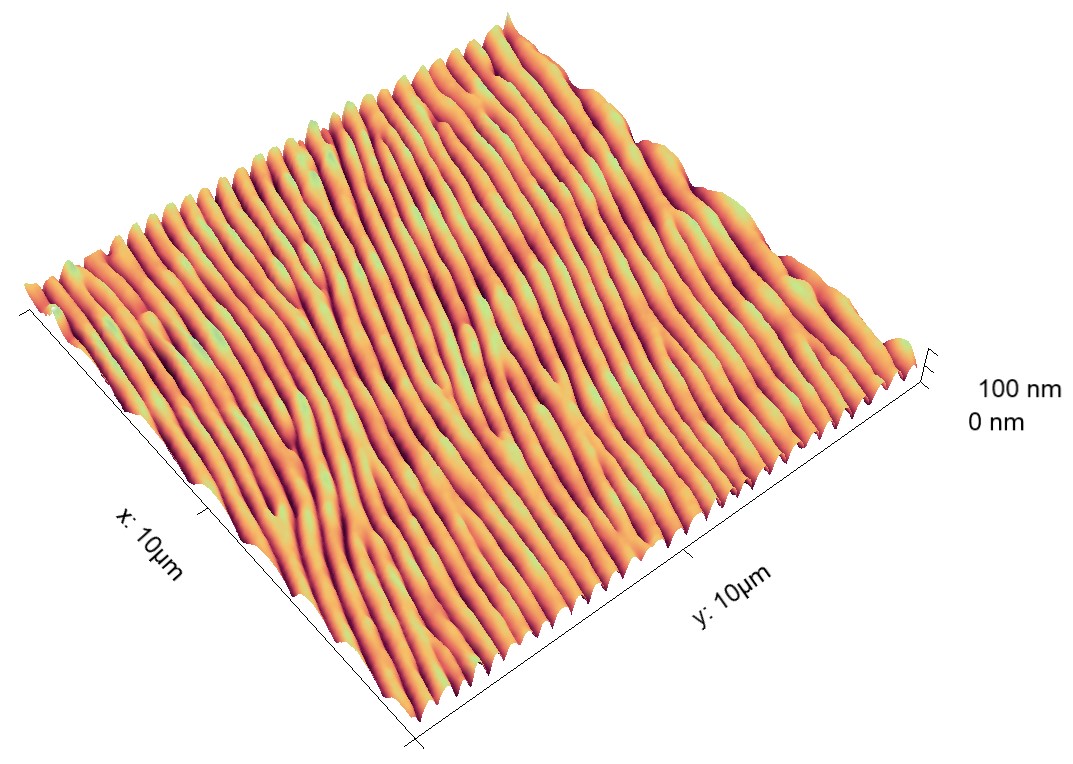Technological innovations inspired by nature
Nanocoatings, tiny layers whose thickness is within few nanometers, are used in many areas such as textile and medicine, but current production technologies are harsh. Researchers from the laboratory of Prof. Vladimir Katanaev made new discoveries about the formation of such thin and transparent coating by studying different arthropods.
When the inspiration comes from nature
In a recent study published in ACS Applied Materials & Interfaces, scientists from Prof. Vladimir Katanaev’s group investigated the eyes or the abdomen of different arthropods: one spider, one black fly and one firefly. The nanostructures they examined turn out to be arranged in specific aligned patterns (see Figure below) that help either them to perceive light polarization and orientate, or to emit polarized light and communicate. As a continuation of their previous work on the fruit fly, the team of researchers has been able to reproduce them on glass, demonstrating their capacity to artificially build these structures.

The nanostructure covering the eyes of a specific spider, Drassodes lapidosus, has an aligned pattern. © UNIGE
What’s next?
With this innovative technology, scientists can now develop new types of biosensors. Moreover, by mimicking nature, they are able to produce nanocoatings under eco-friendly conditions, compared to the usual methods of the industry.
31 May 2021
